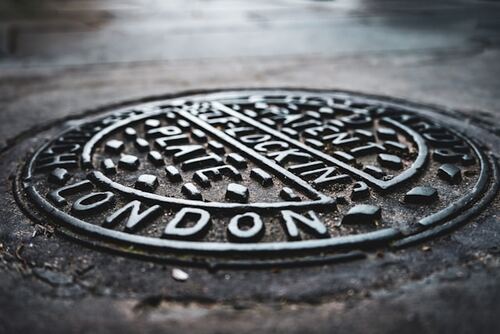Are you curious about the benefits of using this versatile material in multi-unit projects? As construction evolves, new materials and techniques transform how buildings are designed and built. One such innovation is lightweight steel framing. This construction method is quickly gaining popularity due to its versatility, durability, and sustainability. Let’s explore why more builders choose this modern solution for multi-unit developments and how it outperforms conventional options.
Why Light Gauge Steel Framing is Ideal for Multi-Unit Projects
Light gauge steel framing is a technique that utilises thin components to create a robust and reliable framework for buildings. Builders prefer it over timber for several reasons. It is lightweight yet incredibly strong, making it easy to transport and assemble without sacrificing stability or safety.
Steel frames are less susceptible to issues like warping, moisture damage, and pests that often affect wooden frames. This makes them a long-lasting solution that reduces the need for frequent maintenance. Steel framing ensures consistent quality and alignment in multi-unit developments, where uniformity and precision are essential.
Durability and Strength: Why Metal Outperforms Timber
One of the primary reasons builders are switching to this material is its unmatched strength and durability. Lightweight framing offers superior load-bearing capacity, which is crucial in multi-storey developments. Unlike timber, metal does not warp, crack, or twist over time, ensuring the structural integrity of the building remains intact.
- Resistance to Environmental Factors: The material is impervious to termites, mould, and rot, making it ideal for varying weather conditions.
- Increased Lifespan: Its longevity reduces the need for costly repairs and replacements, saving time and money.
- Fire Resistance: Steel’s non-combustible nature adds an extra layer of safety, reducing the risk of fire spreading through the structure.
Environmental and Economic Advantages
Switching to metal framing is beneficial for structural reasons and aligns with sustainable building practices. As the demand for eco-friendly construction grows, materials that can be recycled and have a lower environmental impact are becoming more desirable.
Environmental and Economic Benefits:
- Recyclability: This material is 100% recyclable, making it a sustainable choice that reduces landfill waste.
- Energy Efficiency: Manufacturing frames requires less energy than producing timber components, lowering the overall carbon footprint.
- Reduced Construction Time: Prefabricated components can be quickly assembled on-site, shortening project timelines and reducing labour costs.
Flexibility and Design Versatility
Lightweight framing offers greater flexibility and design versatility compared to traditional materials. Builders can easily customise components to suit various architectural designs, from complex shapes to large open spaces. This adaptability makes it perfect for multi-unit developments that require creative and efficient space planning.
Additionally, steel’s strength allows for longer spans and taller buildings without the need for bulky support columns. This opens up possibilities for innovative layouts and maximises usable space, which is essential in multi-unit constructions.
How Metal Supports Design Flexibility:
- Customisable Designs: Frames can be manufactured to fit any design, providing more options for unique structures.
- Optimised Space: Thinner components allow for more interior space without compromising strength.
- Easy Integration with Other Materials: Works well with materials like concrete and glass, enhancing the aesthetic appeal of modern developments.
Reducing Maintenance and Long-Term Costs
Metal’s resistance to common building issues like pests and moisture damage significantly reduces the need for regular maintenance. This translates to lower long-term costs for builders and property owners for multi-unit developments. The durability of this material means fewer repairs and replacements, making it a cost-effective choice over the building’s lifetime. In addition, the structural consistency ensures that the building remains stable and safe, even under extreme conditions. This reliability makes it an attractive option for developers looking to deliver high-quality buildings that stand the test of time.
The shift towards light gauge steel framing in multi-unit developments is driven by its numerous benefits over traditional materials. Its strength, durability, and environmental advantages make it an ideal choice for modern construction. As more builders recognise the potential of this innovative material, it is set to become the standard for high-quality, sustainable structures.




